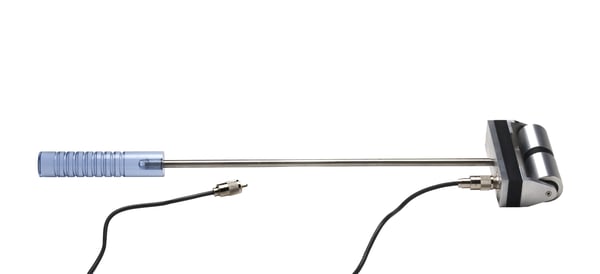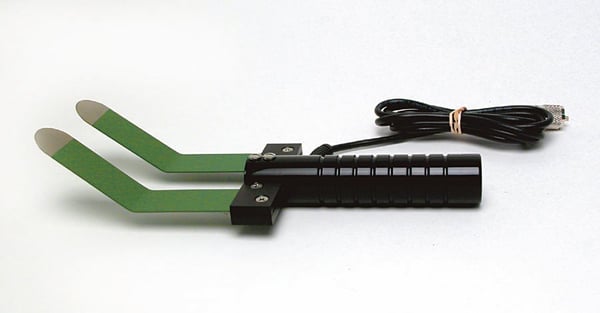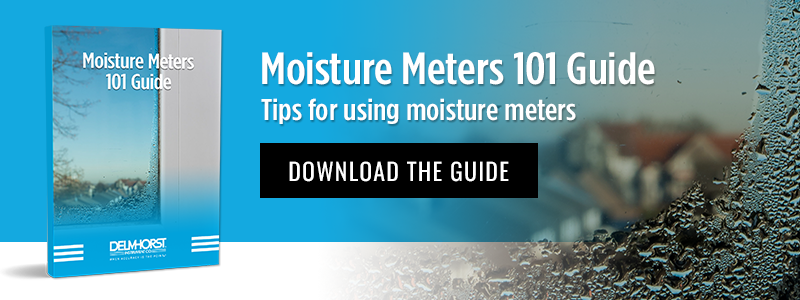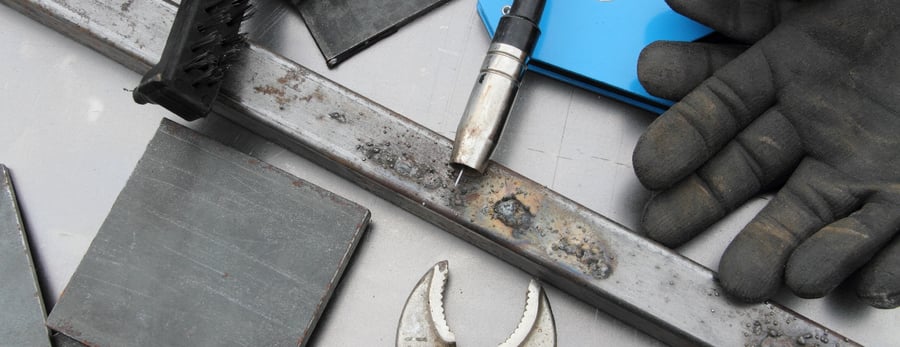Choosing the Right Moisture Meter Electrode for Your Work
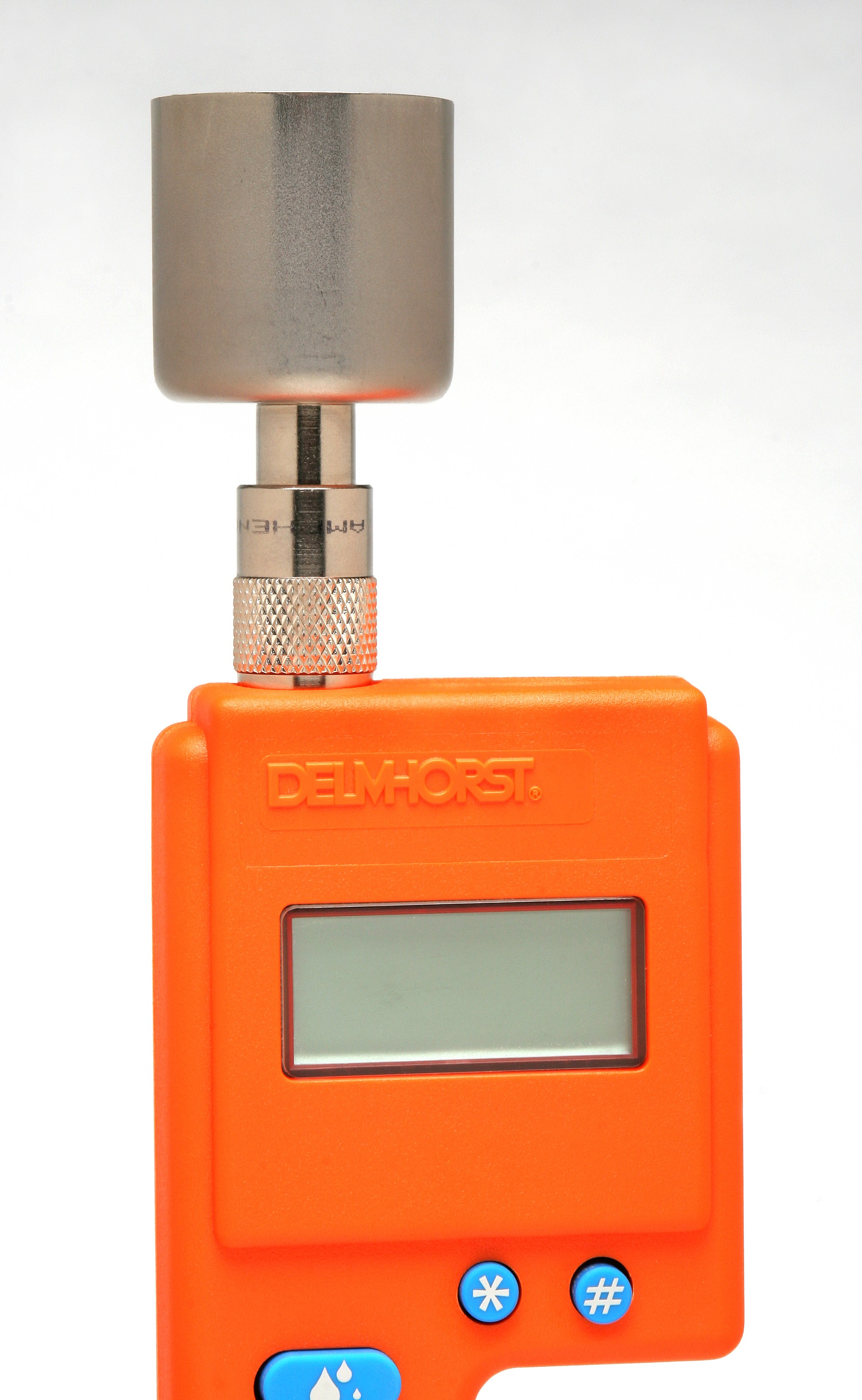
Moisture meter electrodes play a significant role in determining the functionality of a moisture meter. With the right electrode, a moisture meter can read deep into a hay bale, make enough contact with a handful of cotton to get a reading, or go underneath wall trim to measure moisture in the space
However, it’s important to know which moisture meter electrode to use for a given task. With that in mind, here’s a quick list of different Delmhorst moisture meter electrodes, and their uses:
The 12-E Moisture Meter Electrode
This is a double-roller type electrode made for use with the RDM-3P and P-2000 moisture meters. Using this roller type electrode, these paper moisture meters can measure moisture content on a moving web of paper, enabling better control of a paper manufacturing process.
The 1235 and 830 Series of Hay Meter Electrodes
When testing moisture in hay bales, agricultural specialists need an extended-length hay moisture probe to get deep enough into the bale where excess moisture is most likely to be. The 1235 series of electrodes can plug directly into the universal probe sockets found on Delmhorst's hay moisture meters, allowing them to test moisture in high-density bales.
The 830 series of electrodes plug into the H4 handle accessory rather than the top of the meter. This reduces stress on the meter itself when testing moisture in baled hay, prolonging the useful life of the meter.
GB-1 Gypsum Sensor Blocks
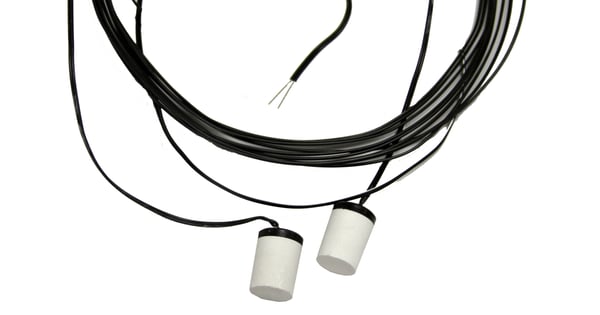
Featuring gypsum surrounding two concentric, stainless steel electrodes, the GB-1 gypsum sensor block is purpose-built for testing soil moisture. With these sensor blocks installed in the appropriate root zone for their crops, users of the KS-D1 soil moisture meter can quickly determine how much available moisture their soil holds and adjust their irrigation schedules accordingly.
The 52-E/C Moisture Meter Electrode Cup
This electrode is custom-designed for testing lint or seed cotton moisture with the C-2000 moisture meter. Simply stuff cotton into the cup until it’s full and take a reading. It’s a must-have for cotton moisture testing.
The 1986 Bale Chamber Sensor
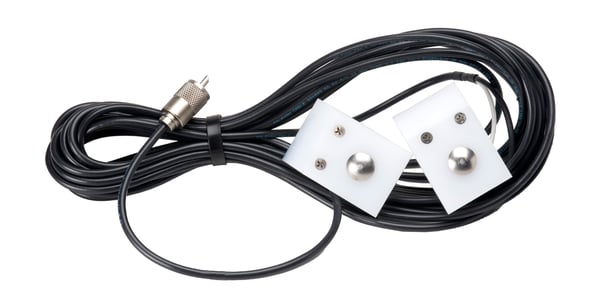 Designed specifically for use in square and round balers, this sensor can be attached to a hay moisture meter to get continuous readings of moisture content as the hay is baled. This allows farmers to closely monitor the moisture content of the hay they’re baling without having to stop frequently to check the bale manually.
Designed specifically for use in square and round balers, this sensor can be attached to a hay moisture meter to get continuous readings of moisture content as the hay is baled. This allows farmers to closely monitor the moisture content of the hay they’re baling without having to stop frequently to check the bale manually.
21-E Insulated Moisture Meter Electrode
The long, insulated pins on the 21-E electrode can penetrate up to 3-1/4” into building materials—providing deeper moisture readings than standard contact pins. This makes the 21-E electrode ideal for a variety of applications in construction, restoration, and other building trades. Also available with 6” pins.
The 19-E/STC Moisture Meter Electrode
This electrode features two large, flat blades bent at a 35-degree angle. The blades are Teflon® coated except for the tips, allowing them to get beneath wall and baseboard trim to measure moisture. This type of electrode is often used by restoration experts with moisture meters such as the BD-2100.
Pairing the Right Meter with the Right Electrode
It is important to know that all of the above electrodes can be used with any Delmhorst meter that has a universal probe socket. However, it is important to use the right moisture meter with the right electrode to get the best results.
These are just a few of the moisture meter electrodes that Delmhorst makes. If you need help finding the right combination of a moisture meter and electrode to use for your needs, speak to the experts at Delmhorst Instrument Co. today!
Subscribe to Our Blog
Post Related
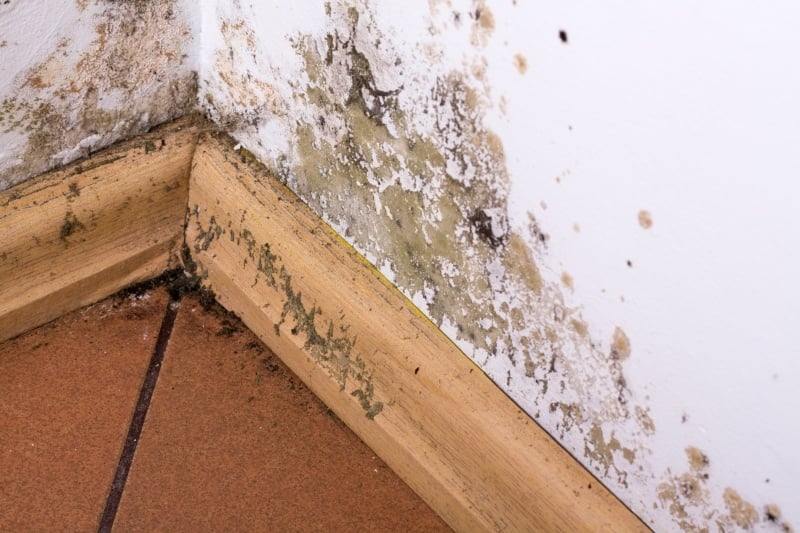
4 Ways Moisture Meter Electrodes Make Your Life Easier

